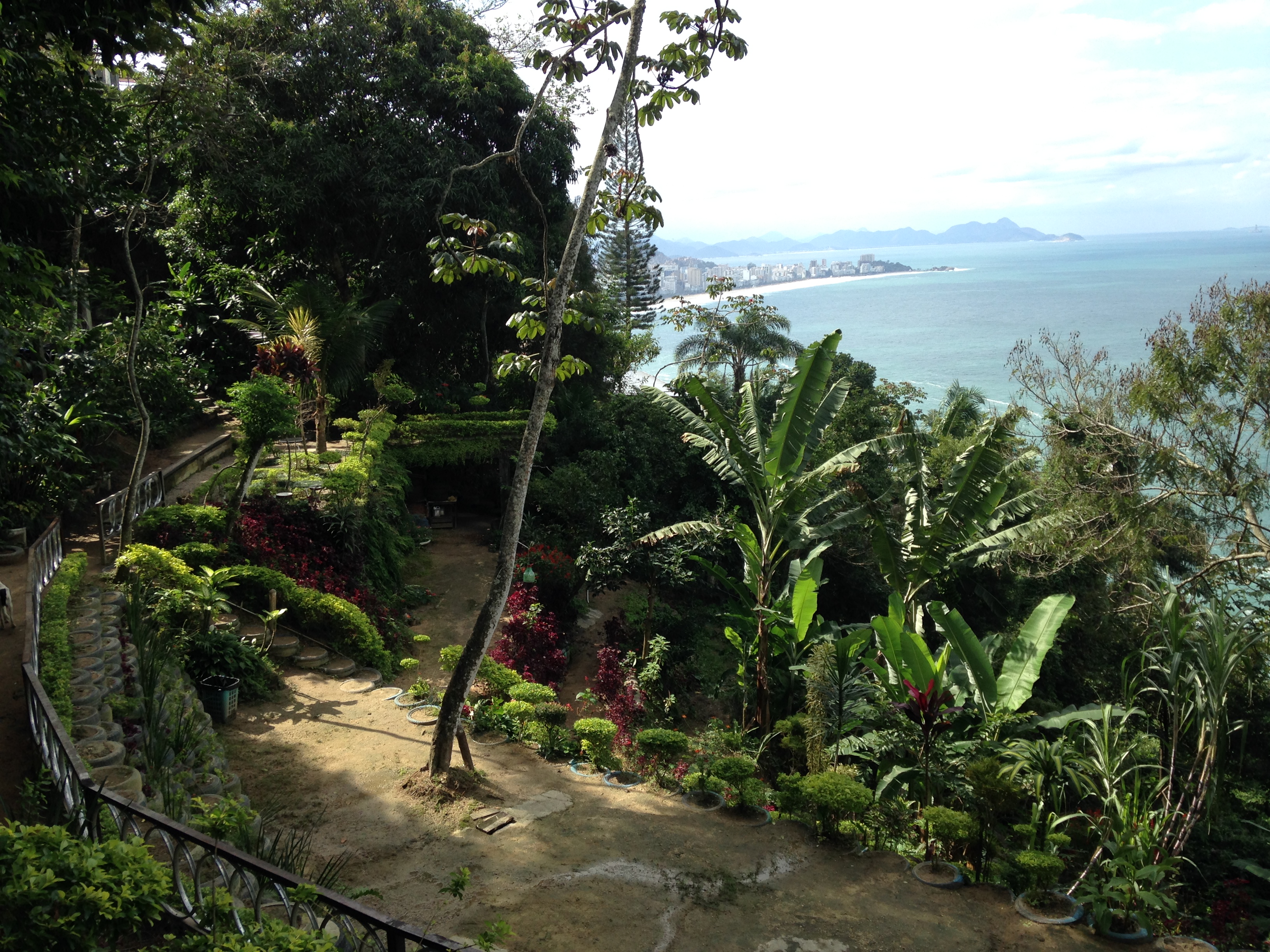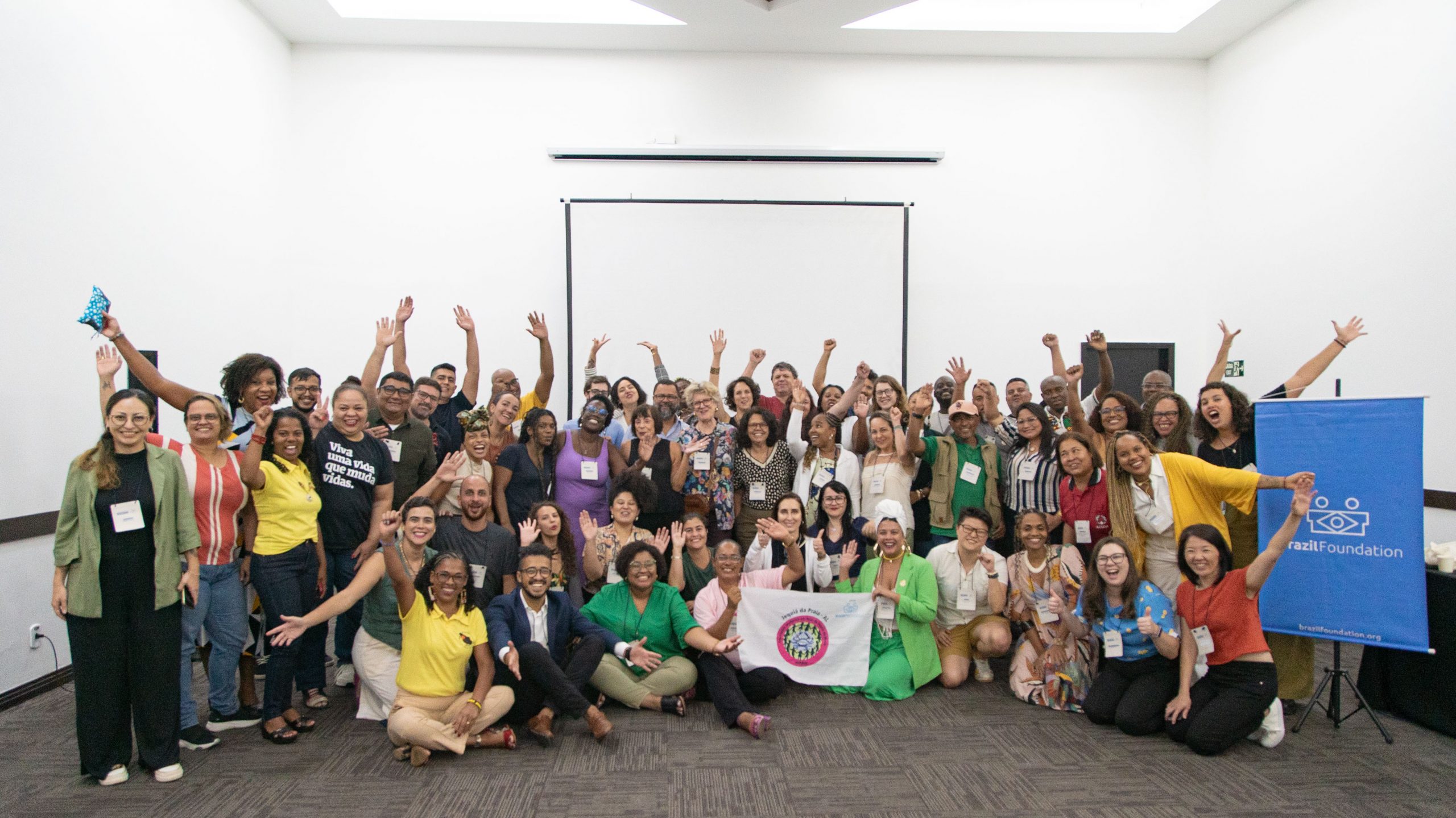Parque Sitiê Earns Official Park Status
Parque Sitiê had much to celebrate on Brazil’s independence day. On September 7th, the eco-park gained “official” status by the government of Rio de Janeiro through Fundação Parques e Jardins (Parks and Gardens Foundation) and the Department of the Environment. This is a huge achievement for not only Parque Sitiê, but the Vidigal community – proving that when you bring together community members, smart urban design, and investment, you can influence public policy!
A BrazilFoundation grantee, Parque Sitiê is an eco-park in the Vidigal community of Rio de Janeiro that promotes environmental education, integration and sustainability. In 2006, two residents recovered an abandoned lot that had accumulated waste for more than 20 years. Parts of the 16 tons of garbage removed were used to construct Sitiê Park, which is now used as a community space for leisure, education and environmental awareness. The park has generated 9 green jobs, and produces more than one ton of produce for its residents. Moreover, it provides environmental education, arts, programming and robotics courses for over 35,000 children and residents each year.
We spoke with Pedro Henrique de Cristo, Architect and Executive Director of Sitiê.
What does this recognition actually mean?
“It means that Parque Sitiê’s spaces, from the plaza and stairs that are the entryway to the park from the street – the main road in Vidigal – and the trails leading to the top of Dois Irmãos, are now legally part of Instituto Sitiê. It officially establishes Parque Sitiê as an innovative model, adapted from that of Central Park in NYC, where the city owns the land and Sitiê is the technical manager, together as one concession. We are very honored that Fundação Parques e Jardins and the Department of the Environment helped to transform Sitiê into a public policy as a model for parks in Rio de Janeiro.”
How did working together with the community help make this happen?
“Our team is truly diverse, integrating people of various expertise and walks of life. It was fundamental that the project leader was from the community. This is the only way that a project in a context like that of Vidigal’s can become sustainable. Another big difference for us was utilizing top training from professionals from Harvard, MIT, Columbia, FGV in Brazil, together with the knowledge of locals from Vidigal. Through this synthesis of legitimate, social knowledge together with technical expertise, we managed to navigate different contexts and reach our objectives.”
What is the impact of this achievement for Sitiê and Vidigal? Who will it help?
“Becoming official is really a historic moment, for we managed to get legal control over the space, which goes throughout the favela, for the community. This is a big tool against gentrification and uncontrolled expansion in Vidigal. It allows us to put an economic value on the paths for the community, which in turn will help preserve the Mata Atlântica around it. It is really a great honor and achievement for Sitiê to have become a model for urban parks in the city – in other words, a project that was born in the favela transcending streets to become a public policy. Now we have to continue to develop our strategy and urban design which had initially created the park. We have to evolve our management and soon hold a campaign for property titles in Vidigal so that the original residents can get economic access – in terms of credit – to the valuation of their collective and private spaces. This will be true urban integration.”
[envira-gallery id=”16008″]

